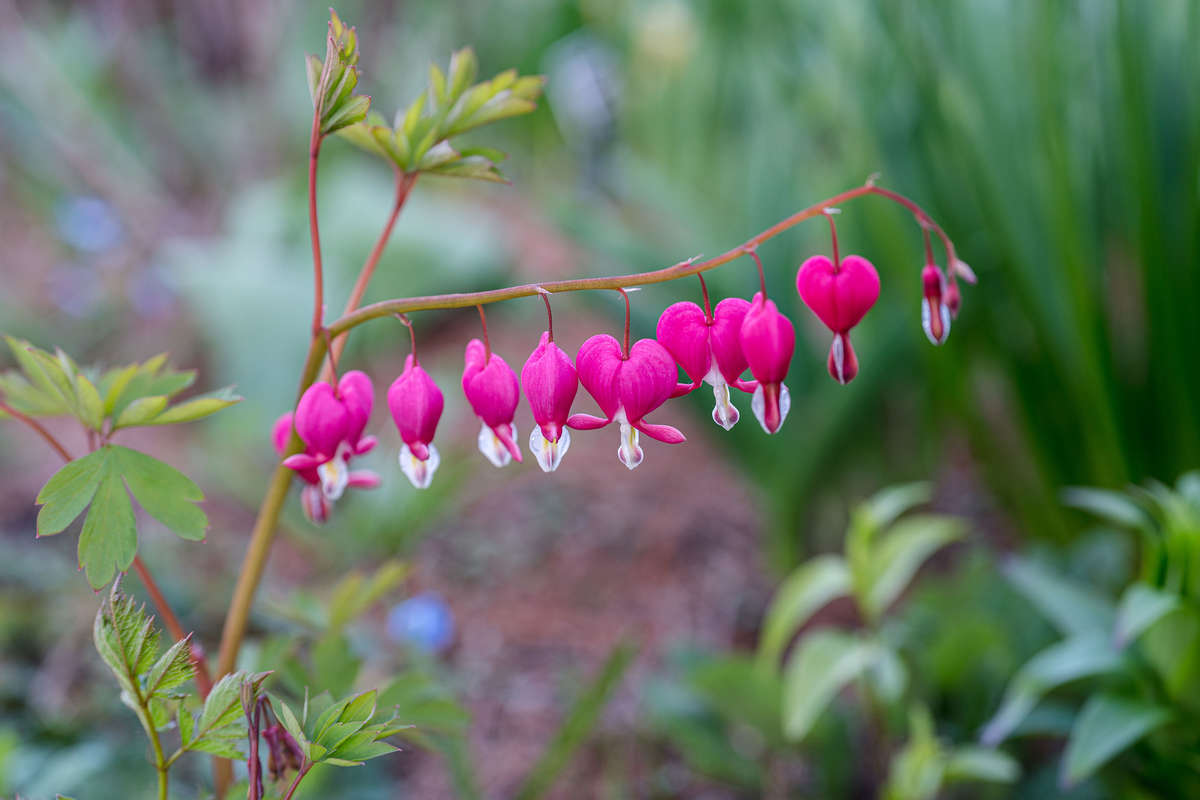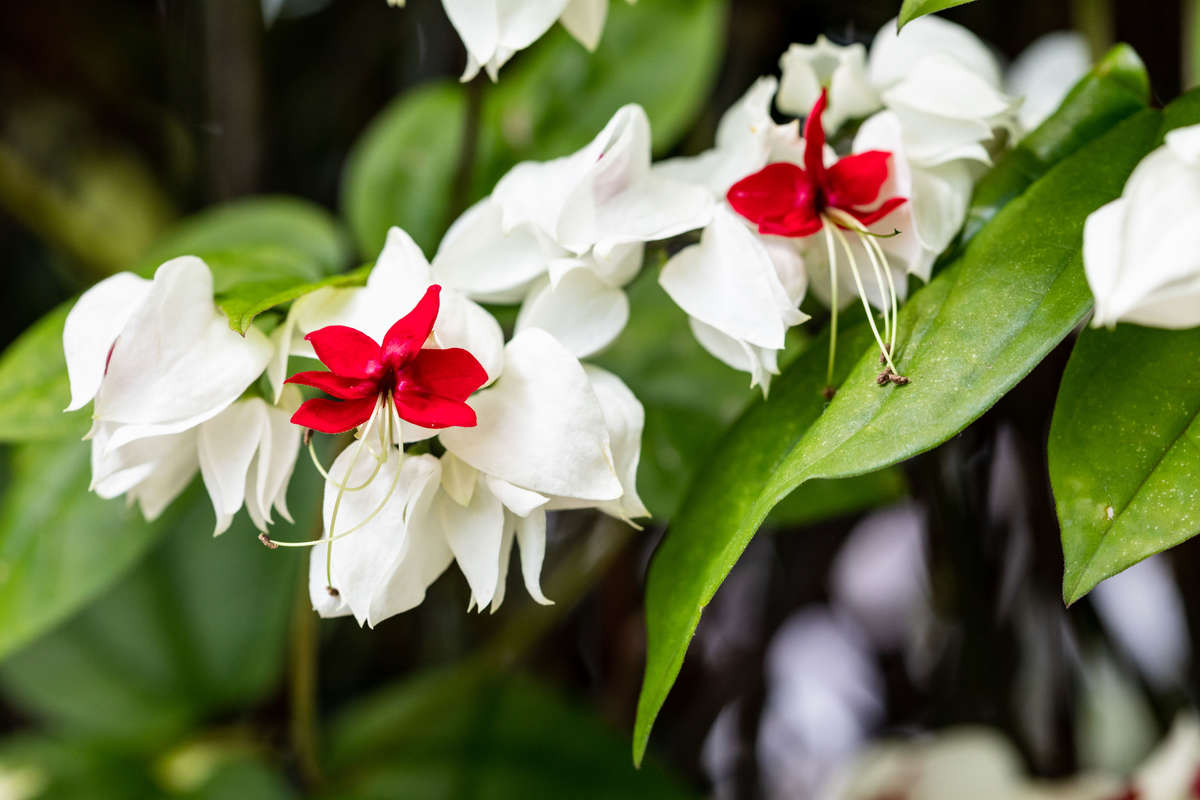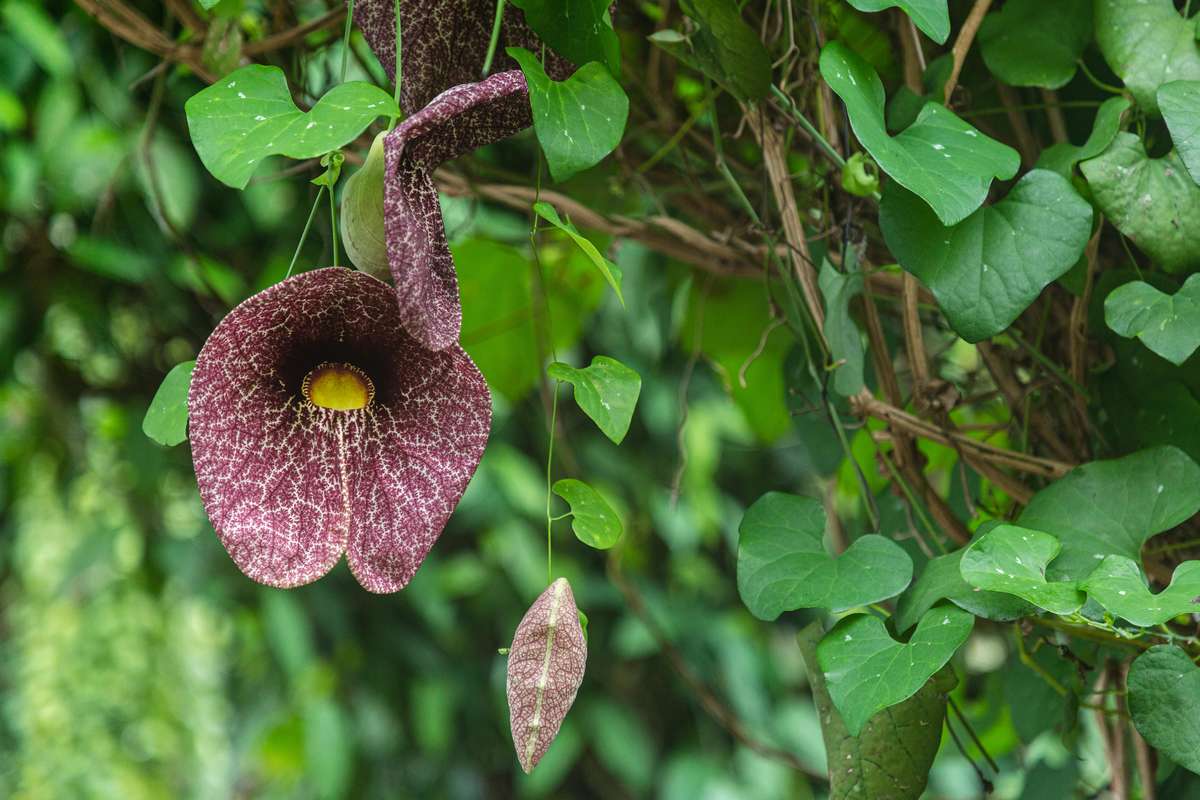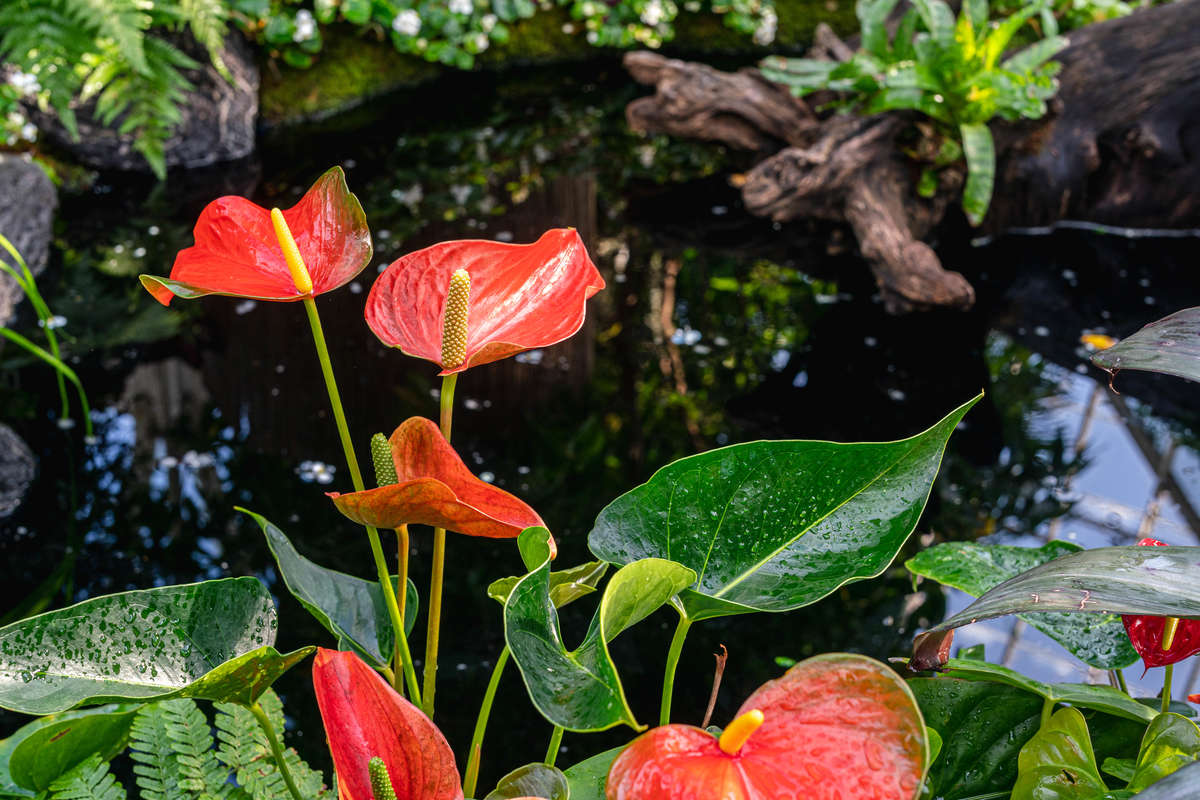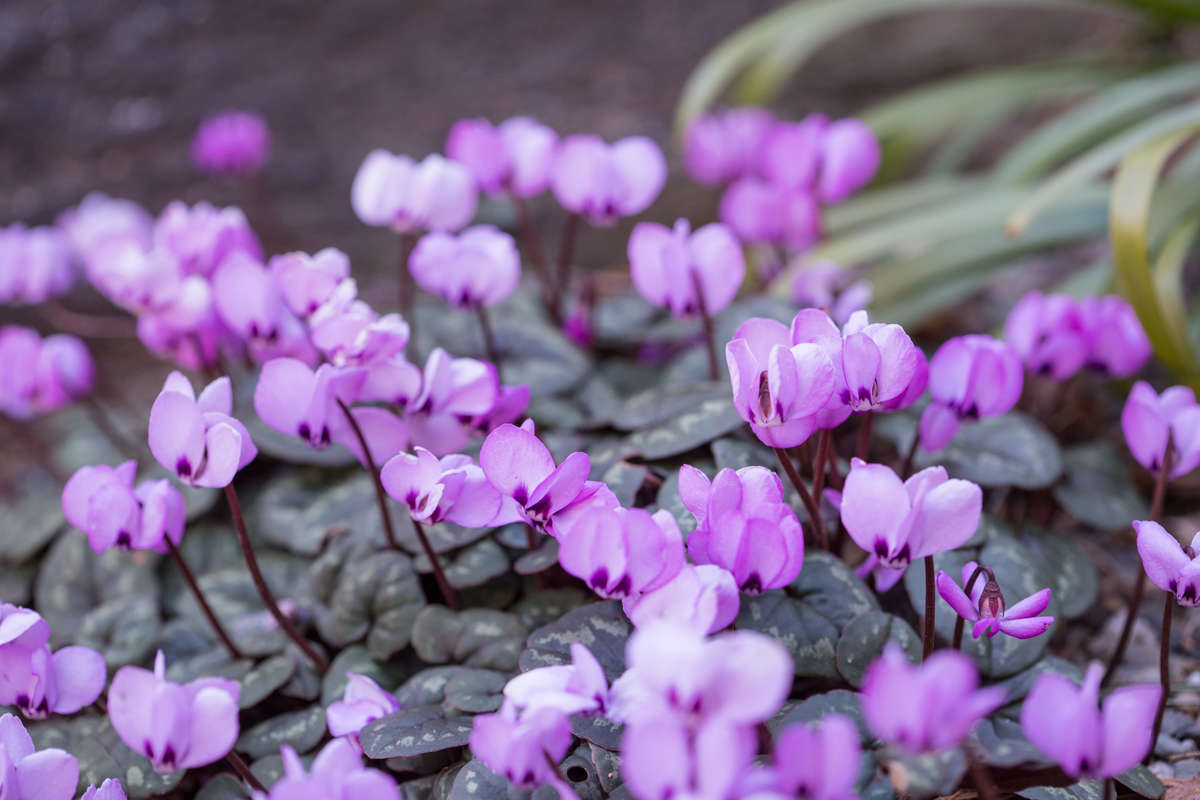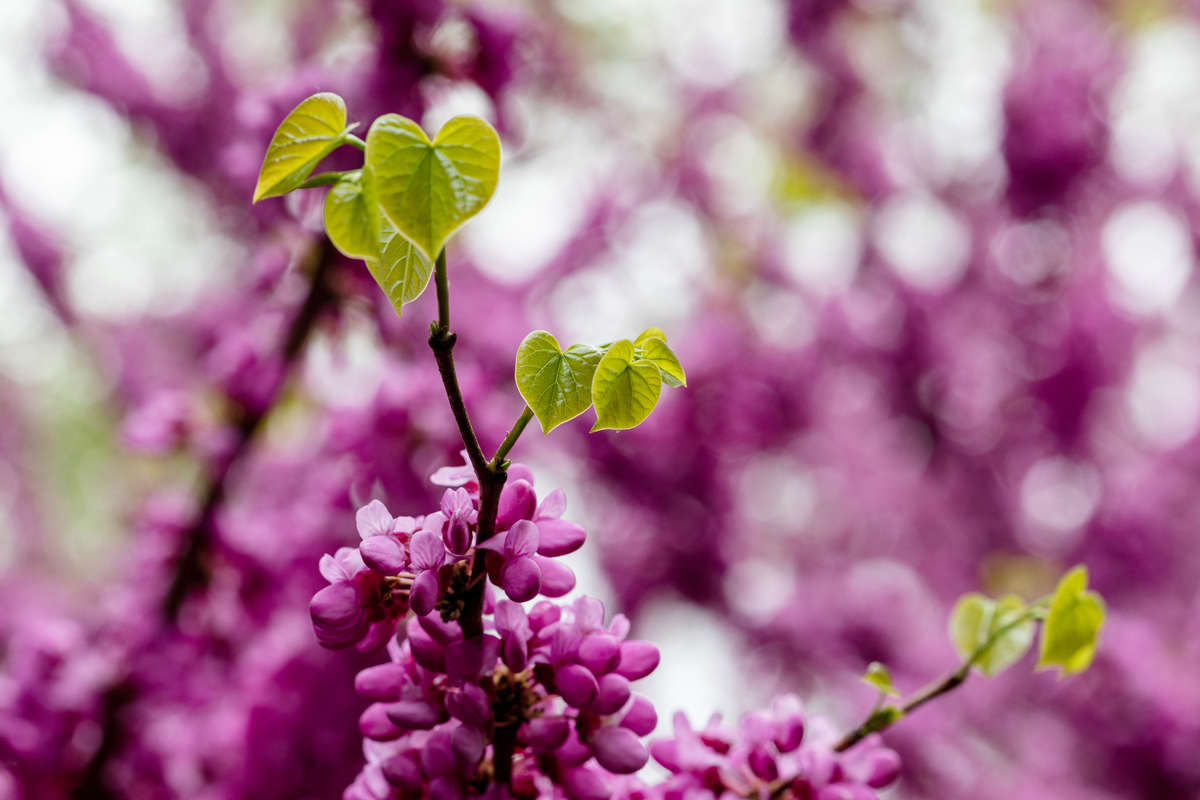Plants That Love You Back
Kristine Paulus is the Living Collections Information Manager at The New York Botanical Garden.
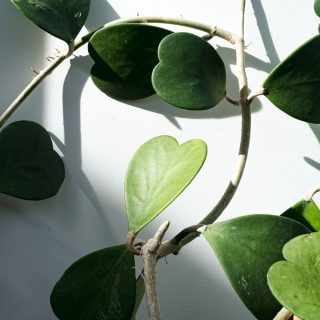
Hoya kerrii
Here at NYBG, we adore plants. Obviously. Having a strong affection for something has its benefits, but it’s even nicer when that feeling is requited. That’s why we like it when plants purify the air we breathe, produce food to eat, and reward us with a pretty bloom or a new leaf, letting us know that we are the sunshine of their life.
One way that plants send us love notes is in a physical manifestation of that ultimate emblem of amor: the heart symbol. You might know it as a favorite emoji . Plants with heart-shaped parts (there are many) frequently have conveniently descriptive taxonomic epithets such as cordata, cordatum, or cordatus, stemming from the Latin word for “heart-shaped.” Botanically speaking, they refer to the leaves. A living billet-doux.
Some plants are obvious and eager. Take the sweetheart plant, Hoya kerrii, for instance, with its adorable heart-shaped leaves. It practically whispers j’taime in your ear. Some plants wear their hearts on their flowers, such as the popular garden plant, bleeding heart, Lamprocapnos spectabilis. It sends out a garland of pink, pendulous, perfectly heart-shaped flowers in early spring. Another plant, a tropical species in the Enid A. Haupt Conservatory known as the bleeding heart vine, Clerodendrum thomsoniae ‘Variegatum’, is quite amative with flowers that look like a drop of red blood exuding from a heart-shaped calyx. These plants will whelm you with ardor.
- Laprocapnos spectabilis
- Clerodendrum thomsoniae 'Variegatum'
- Aristolochia gigantea
- Anthurium 'Sangria'
- Cyclamen coum ssp. caucasicum
- Cercis canadensis
The giant Dutchman’s pipe, Aristolochia gigantea, on the other hand, is seductive, suggestive, and alluringly elusive. This tropical woody vine, native to Brazil, can be found climbing the pool house in the Conservatory. It has large, cordate leaves to rival other foliage suitors such as Anthurium, Caladium, and Philodendron species. However, it is the large, unique flowers that cast their spell. Claret-colored calyces form a heart-like frame around a yellow, pouch-like tube (or “pipe”). This tunnel is a trick to temporarily trap insects. The flower is aromatic, which is a polite way of saying it has an unpleasant odor. The pungent scent is meant to attract flies, its primary pollinator. The genus name of this fascinating plant says it all, stemming from the Greek word áristos, meaning “best.”
For more heart-shaped botanical Valentines, check out these sweet specimens in this Hand Lens post from The William and Lynda Steere Herbarium.
Although we have yet to discover a plant that will sing us a love song, a walk among the plants in the Native Plant Garden will concur with “For Love and Only for Love: Letters to New York,” an immersive choral installation by composer Pete Wyer. Catch it before its last day, February 14.
SUBSCRIBE
Enter your email address to subscribe to this blog and receive updates on new posts.
